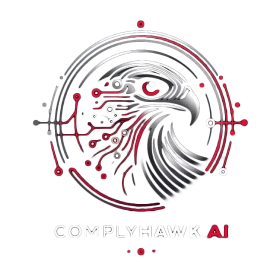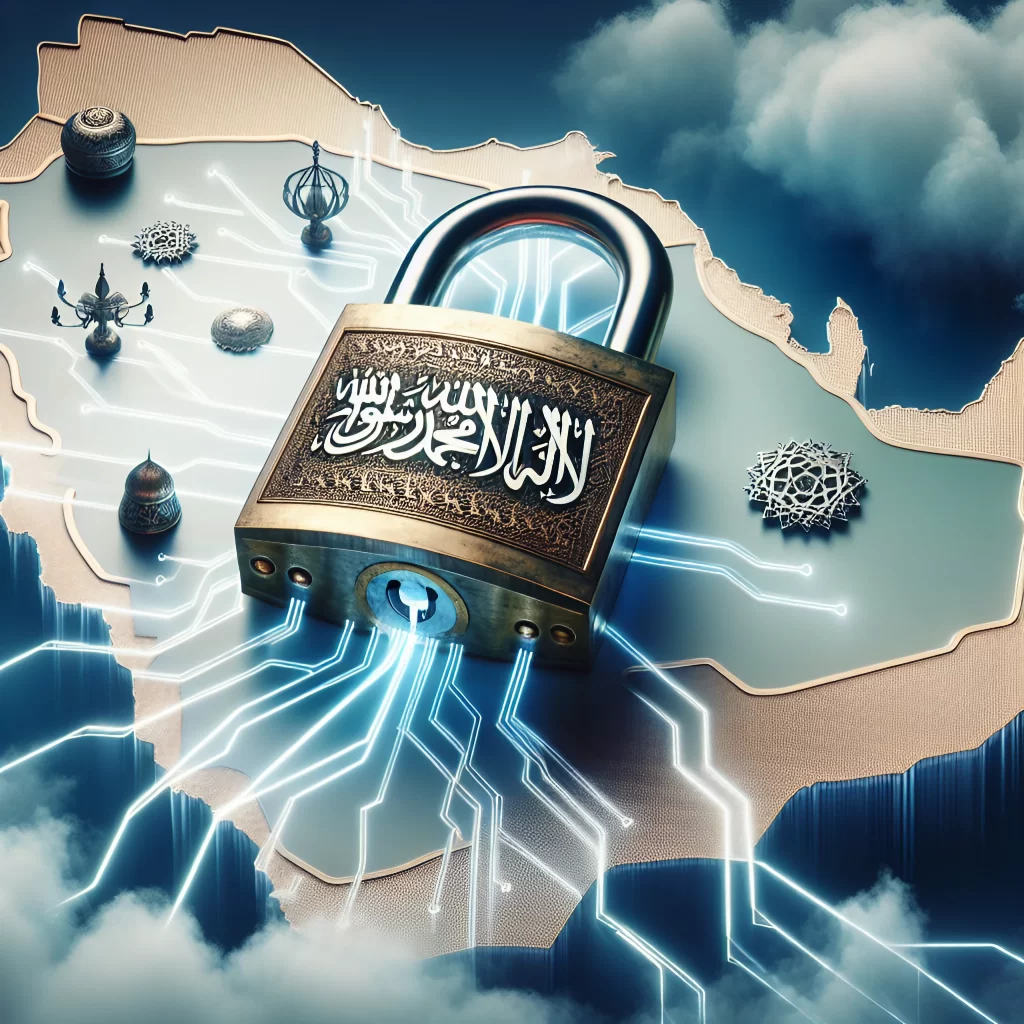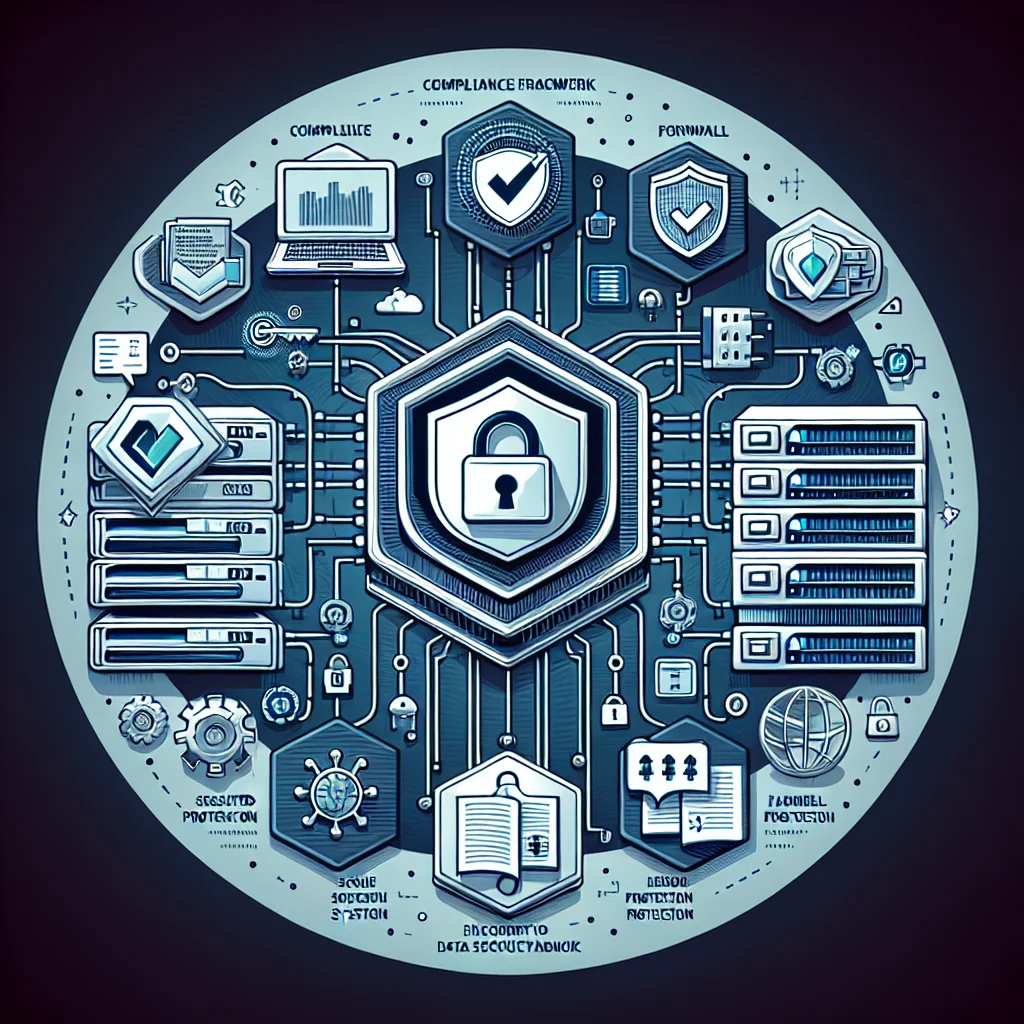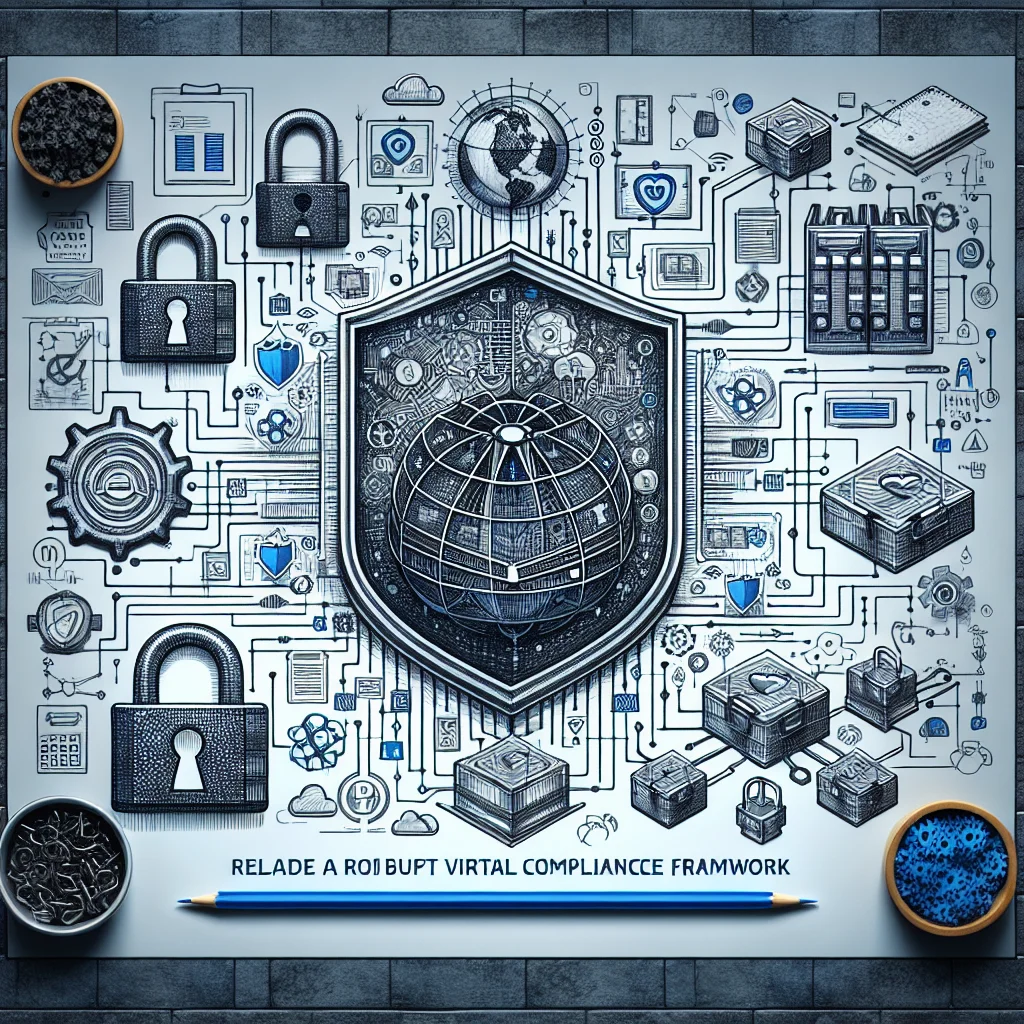In today’s digital landscape, protecting sensitive information is more critical than ever. The National Institute of Standards and Technology (NIST) Special Publication 800-171 sets the standard for protecting Controlled Unclassified Information (CUI) in non-federal systems and organizations. For CISOs and IT professionals in the Middle East, understanding and implementing NIST SP 800-171 is vital for safeguarding organizational data and maintaining compliance.
What is NIST SP 800-171?
NIST SP 800-171 provides guidelines for protecting Controlled Unclassified Information (CUI) in non-federal systems and organizations. Developed by NIST, this framework outlines specific security requirements that organizations must implement to safeguard CUI effectively. These requirements are designed to enhance the protection of CUI from unauthorized access and disclosure.
CUI in NIST:
- Definition: Controlled Unclassified Information (CUI) is a category of unclassified information within the U.S. federal government that requires safeguarding or dissemination controls according to laws, regulations, and government-wide policies.
- Relevance to NIST:
- NIST SP 800-171: This publication, titled “Protecting Controlled Unclassified Information in Nonfederal Systems and Organizations,” provides guidelines for protecting CUI in non-federal information systems. It outlines security requirements and controls that contractors, subcontractors, and other non-federal organizations must implement to protect CUI when it is shared or resides within their systems.
Who Needs to Comply with NIST SP 800-171?
Organizations that handle CUI as part of their contracts with the U.S. federal government are required to comply with NIST SP 800-171. This includes contractors, subcontractors, and other entities within the supply chain. Even organizations outside the U.S., including those in the Middle East, must adhere to these guidelines if they handle CUI related to federal contracts.
Middle East Specific Considerations
While NIST SP 800-171 is a U.S.-based standard, its principles are universally applicable. However, there are specific considerations for organizations in the Middle East:
- Data Sovereignty: Ensure compliance with local data protection laws and regulations in addition to NIST SP 800-171 requirements.
- Cultural Sensitivity: Tailor your security awareness training programs to reflect the cultural nuances and language preferences of your workforce.
- Regional Threats: Stay informed about region-specific cyber threats and incorporate relevant threat intelligence into your security strategy.
Is NIST SP 800-171 Relevant for Middle East Based Companies?
NIST SP 800-171 is relevant for companies in the Middle East, particularly those that engage with U.S. federal contracts or handle Controlled Unclassified Information (CUI). As global commerce continues to expand, many Middle Eastern organizations are increasingly involved in projects that require compliance with international standards, including those established by NIST. Adopting these guidelines not only aids in meeting contractual obligations but also enhances overall information security management. Moreover, implementing the NIST SP 800-171 framework can bolster a company’s reputation by demonstrating a commitment to information protection, which is particularly crucial in a region facing diverse cybersecurity challenges.
Common Controls Between Frameworks
NIST SP 800-171 shares several common controls with other widely recognized frameworks, such as ISO 27001 and PCI DSS. Here are some examples:
- Access Control (AC): Both NIST SP 800-171 (3.1) and ISO 27001 (A.9) emphasize the importance of controlling access to information assets.
- Incident Response (IR): NIST SP 800-171 (3.6) and ISO 27001 (A.16) require organizations to establish and maintain an incident response capability.
- Audit and Accountability (AU): NIST SP 800-171 (3.3) and PCI DSS (10) mandate the implementation of audit mechanisms to track and monitor system activities.
- Security Assessment (CA): Both NIST SP 800-171 (3.12) and ISO 27001 (A.18.2) require regular assessments of security controls to ensure their effectiveness and to identify areas for improvement. This ongoing evaluation helps maintain compliance and mitigate risks.
- Configuration Management (CM): NIST SP 800-171 (3.4) and ISO 27001 (A.12.1) both emphasize the necessity of establishing a baseline configuration for information systems, ensuring that any changes are systematically managed to avoid unintended security vulnerabilities.
- Physical and Environmental Protection (PE): Controls in both NIST SP 800-171 (3.10) and ISO 27001 (A.11) focus on protecting physical locations where information systems reside, including securing data centers and implementing mechanisms to prevent unauthorized physical access.
| Control | NIST SP 800-171 Clause | ISO 27001 Clause |
| Access Control (AC) | 3.1 | A.9 |
| Incident Response (IR) | 3.6 | A.16 |
| Audit and Accountability (AU) | 3.3 | 10 |
| Security Assessment (CA) | 3.12 | A.18.2 |
| Configuration Management (CM) | 3.4 | A.12.1 |
| Physical and Environmental Protection (PE) | 3.10 | A.11 |
Understanding these commonalities can streamline compliance efforts for organizations navigating multiple regulatory environments, ultimately promoting a more robust security posture.
Frequently Asked Questions by CISOs
1. What is NIST SP 800-171?
NIST SP 800-171 provides guidelines for protecting Controlled Unclassified Information (CUI) in non-federal systems and organizations.
2. Who is required to comply with NIST SP 800-171?
Organizations that handle CUI as part of their contracts with the U.S. federal government, including contractors, subcontractors, and supply chain entities, must comply with NIST SP 800-171.
3. What are the key requirements of NIST SP 800-171?
NIST SP 800-171 outlines 110 security requirements across 14 control families, including access control, incident response, and audit and accountability.
4. How does NIST SP 800-171 differ from other NIST publications?
NIST SP 800-171 specifically addresses the protection of CUI in non-federal systems, whereas other NIST publications, such as SP 800-53, provide broader guidelines for federal information systems.
5. How can organizations in the Middle East implement NIST SP 800-171?
Organizations in the Middle East can implement NIST SP 800-171 by following the guidelines and tailoring them to meet local regulatory requirements and cultural considerations.
6. What are the penalties for non-compliance with NIST SP 800-171?
Non-compliance with NIST SP 800-171 can result in contract termination, financial penalties, and reputational damage.
7. How can automated compliance platforms help with NIST SP 800-171 compliance?
Automated compliance platforms streamline the compliance process by automating control implementation, monitoring, and reporting, reducing the burden on IT teams.
8. What role does risk assessment play in NIST SP 800-171 compliance?
Risk assessment is crucial for identifying and prioritizing security risks, enabling organizations to implement effective controls and mitigate potential threats.
9. How often should organizations review their NIST SP 800-171 compliance?
Organizations should conduct regular reviews, at least annually, to ensure ongoing compliance and address any changes in the threat landscape or regulatory requirements.
10. What are the benefits of NIST SP 800-171 compliance?
Compliance with NIST SP 800-171 enhances data protection, strengthens security posture, and builds trust with customers and partners.
11. How can organizations demonstrate compliance with NIST SP 800-171?
Organizations can demonstrate compliance through documented policies, procedures, and evidence of control implementation, as well as third-party audits.
12. What are the challenges of implementing NIST SP 800-171?
Common challenges include resource constraints, complexity of control implementation, and staying updated with evolving requirements.
13. How can organizations overcome these challenges?
Organizations can overcome challenges by leveraging automated compliance platforms, seeking expert guidance, and fostering a culture of security awareness.
14. What are the key control families in NIST SP 800-171?
The key control families include access control, audit and accountability, incident response, risk assessment, and system and communications protection.
15. How does NIST SP 800-171 align with ISO 27001?
Both frameworks share common controls, such as access control (NIST 3.1, ISO 27001 A.9) and incident response (NIST 3.6, ISO 27001 A.16).
16. What is the importance of documentation in NIST SP 800-171 compliance?
Documentation is essential for demonstrating compliance, providing evidence of control implementation, and supporting audit processes.
17. How can organizations ensure effective training and awareness?
Organizations can ensure effective training and awareness by developing tailored programs, incorporating cultural considerations, and regularly updating content.
18. What is the role of continuous monitoring in NIST SP 800-171 compliance?
Continuous monitoring helps organizations detect and respond to security incidents in real-time, ensuring ongoing protection of CUI.
19. How can organizations stay updated with NIST SP 800-171 requirements?
Organizations can stay updated by subscribing to NIST publications, participating in industry forums, and leveraging automated compliance platforms.
20. How can organizations measure the effectiveness of their NIST SP 800-171 compliance efforts?
Organizations can measure effectiveness through regular assessments, audits, and metrics such as incident response times and control implementation rates.
21. What resources are available for NIST SP 800-171 compliance?
Organizations can access numerous resources, including the official NIST website, compliance checklists, and industry-specific guidelines to assist with implementation and adherence.
22. Can small businesses comply with NIST SP 800-171?
Yes, small businesses can comply with NIST SP 800-171 by tailoring the guidelines to fit their size and structure, employing scalable solutions, and utilizing available support resources.
23. How does NIST SP 800-171 impact supply chain security?
NIST SP 800-171 outlines controls designed to enhance security across the supply chain, encouraging entities to assess and manage the risks associated with their vendors and partners.
24. What are the most common misconceptions about NIST SP 800-171 compliance?
Common misconceptions include the belief that compliance is solely a checkbox exercise or that it does not require ongoing effort; in reality, compliance is an ongoing process that necessitates regular review and adjustments.
25. How important is executive buy-in for successful NIST SP 800-171 implementation?
Executive buy-in is critical, as leadership support ensures adequate resource allocation, fosters a culture of security, and can help drive organization-wide compliance efforts.
Conclusion
NIST SP 800-171 is a critical framework for protecting Controlled Unclassified Information (CUI) in non-federal systems and organizations. For CISOs and IT professionals in the Middle East, understanding and implementing this framework is essential for safeguarding organizational data and maintaining compliance.
If you’re a CISO or IT professional looking to streamline your compliance efforts and enhance your organization’s cybersecurity posture, consider partnering with an automated compliance platform such as ComplyHawk, which is a specialist in this framework and region. By leveraging advanced technology and expert guidance, you can ensure robust protection for your sensitive information and achieve peace of mind in today’s complex threat landscape.



